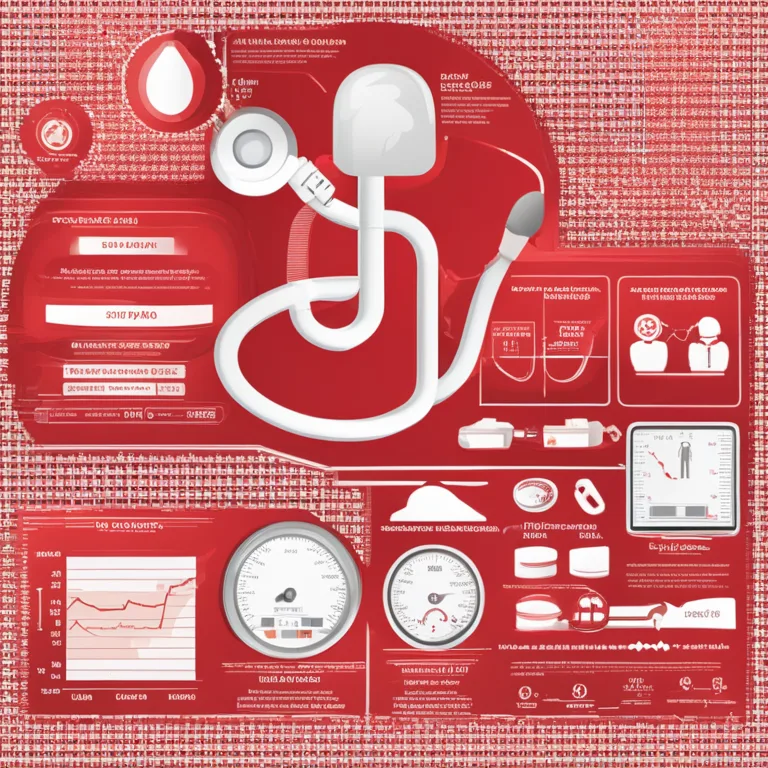
Meditation Techniques & Healthy Blood Pressure
Discover effective meditation practices to help manage and lower blood pressure for a calmer, healthier life.
article by Hina Kurosawa
With the rise of hypertension across the globe, finding natural and effective ways to manage blood pressure has never been more important. As we step into 2024, meditation has emerged as a promising ally in the fight against high blood pressure. By aiding in relaxation and stress reduction, regular meditation practice can be an integral part of maintaining cardiovascular health.

Before diving into meditation techniques, it's essential to understand how blood pressure works. Blood pressure measures the force of blood against artery walls as it circulates through the body. High blood pressure, or hypertension, can lead to severe health complications if left unchecked. Factors influencing blood pressure include stress, diet, physical activity, and genetics, each playing a vital role in cardiovascular health.

Mindfulness meditation is a practice where the individual focuses on the present moment, acknowledging and accepting feelings, thoughts, and bodily sensations. A 2024 study suggests that mindfulness can effectively reduce stress, a significant contributor to high blood pressure. By incorporating 10-20 minutes of mindfulness meditation into your daily routine, you can encourage a more peaceful state of mind, thus reducing stress-induced blood pressure spikes.

Deep breathing is a simple yet powerful technique that can be easily integrated into your meditation practice. Slow, deep breathing stimulates the parasympathetic nervous system, reducing heart rate and blood pressure. Aim for 6-10 deep breaths per minute, focusing on filling your abdomen rather than your chest. This technique not only promotes relaxation but can also be used as a quick remedy in stressful situations to prevent acute rises in blood pressure.

Visualization, or guided imagery, involves focusing on positive, calming images to induce a state of relaxation. Guided visualization can help in managing emotional responses that often contribute to elevated blood pressure. Practitioners can visualize serene environments or situations, thereby diverting their attention from stressors and eliciting a relaxation response within the body.
Yoga Nidra, known as "yogic sleep," is a state between sleeping and wakefulness that is highly beneficial for relaxation and stress management. Through a series of steps, including body scanning and deep breathing, Blood pressure levels can decrease significantly during Yoga Nidra, promoting overall cardiovascular health.
These ancient Chinese practices blend meditation, rhythmic breathing, and graceful movement to enhance overall health. Studies from the mid-2020s show Tai Chi and Qigong not only improve blood pressure but also provide a full range of motion and stress-relief benefits, making them an excellent choice for a holistic approach to well-being and heart health.
Like any new skill, meditation requires consistent practice to be effective. It may take weeks or even months to observe tangible benefits on blood pressure. Patients and healthcare providers are increasingly advocating for regular meditation as an adjunct therapy for hypertension as evidence of its long-term benefits continues to grow in 2024.
Published: 12/20/2023
Modified: 12/20/2023
More predictions
Come back here soon to learn more about yourself and your future


Sport life: Meditation Techniques for Athletes
Learn how meditation can enhance athletic performance, improve focus, and accelerate recovery. Discover key techniques tailored for the physical demands of athletes.


Calming The Mind With Meditation
Discover effective meditation techniques to ease your mind and promote serenity in your daily life.


Meditation Techniques & Anxiety
Discover effective meditation practices to soothe anxiety and foster a sense of peace in your daily life.